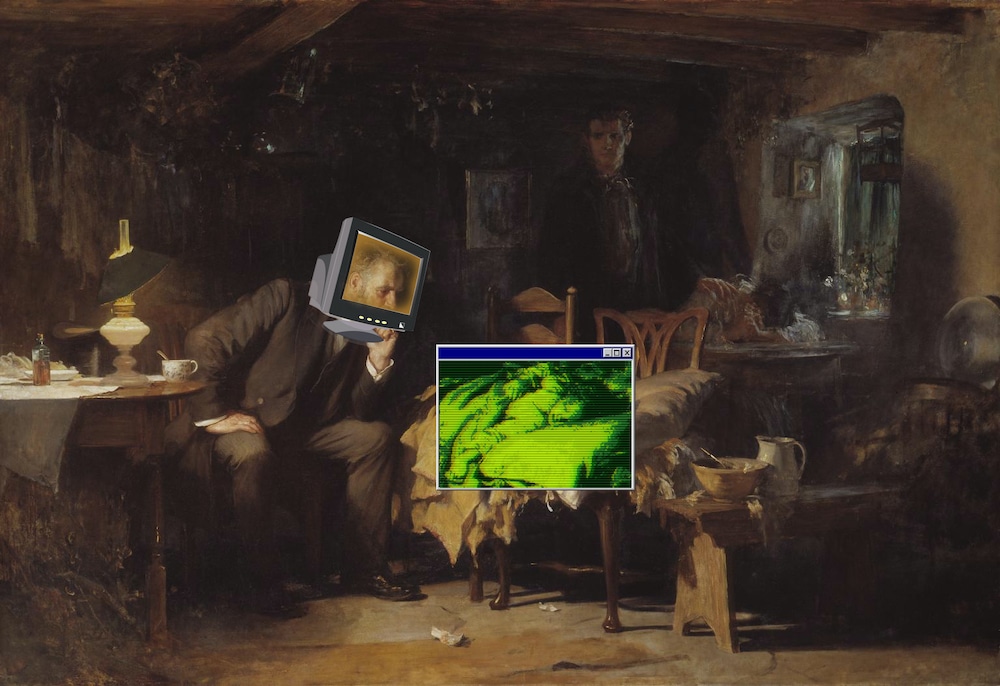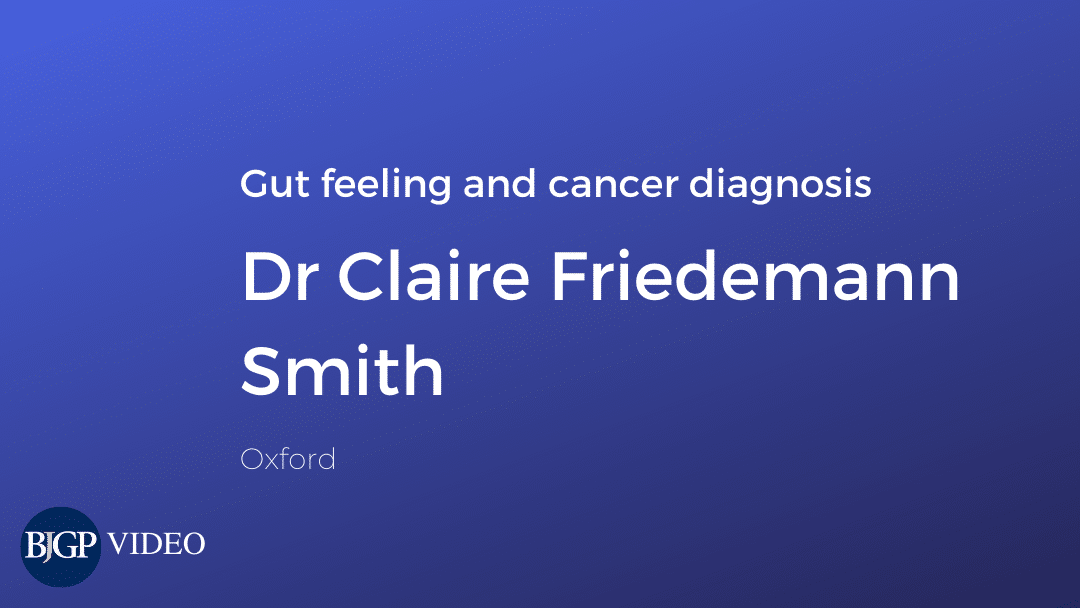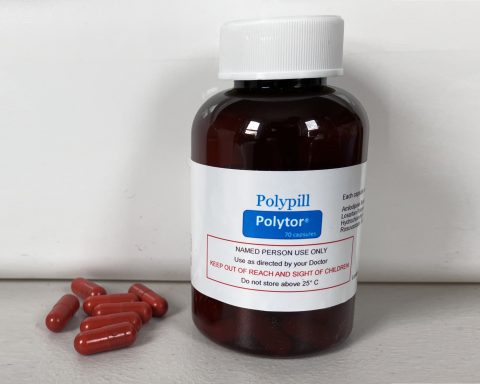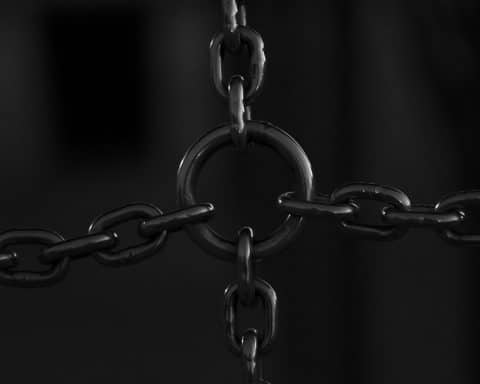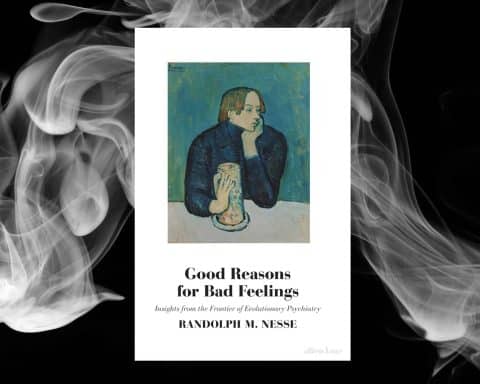
In a society where only the healthy receive healthcare, the cure becomes the disease. COVID-19 has demonstrated to the nation and reminded ourselves of the responsive nature of primary care. However, the question of why this truism had to be paraded across various media is an important but avoided one. Perhaps it is because representation of experience rather than experience itself has come to dominate the value of anything in the modern age. The primary medium of representation in our time is that of images.
Never have we been so close yet so far apart from one another.
It is said that our upside-down image saturated world was anticipated by Guy Debord in his book The Society of the Spectacle° written in 1967. Debord was part of the Situationist International movement, an anti-capitalist group that emerged following World War Two. He derides the inauthenticity of modern life dominated by an autocratic market economy where human life has been degraded from what an individual is, into what an individual has and then further into what an individual appears to have. Everything lived is now a representation and social relations between people are image mediated. More than 50 years later the concept is clearer than ever when we reflect on the echo chambers of twitter and the algorithms of instagram. Debord states that the solitary message of the unreality of the spectacle is that “what appears is good; what is good appears.” Laughing crying emoji.
The fetish for remote medicine once again exposes the inescapable diktat of the market economy on transactional healthcare.
Despite ‘seeing’ more patients remotely, we become more isolated, living our lives in lonely clinics and solitary consultations. The art of medicine becomes abstract, doctors and patients united in their separation. Like tiny satellites, every GP has been gently manoeuvred into a decaying orbit. This trajectory was set long before COVID-19, which has merely accelerated our descent into the sphere of the spectacle. We all have a video channel now. Please subscribe.
As with any commodity, rules of scarcity and perceived value will apply. There are already loud whispers that video consultations should be shorter than the already brief 10 minute face-to-face slots. The commodification of the GP consultation is nearly complete. Soon, only the privileged will be able to access the appearance of an authentic doctor. Tudor Hart’s inverse care law warned us, but it is now that we embark upon the asymptote of our professional destiny. The terminal project of fully automated healthcare will be both the counterfeit paradise and the invisible prison of doctors and patients alike. Like travel influencers on imitation holidays, both doctor and patient will no doubt post a photo of their unlikely encounter on instagram for others to passively experience the unreality of it all. Welcome to the age of #SpectacularHealthcare.
Welcome to the age of #SpectacularHealthcare.
The incongruity of this revered image becomes obvious when one notes it is conspicuously devoid of any medical technology even by the standards of the day. It is completely at odds with the current desperation for telehealth. Simple silent authentic human interaction. The painting is both the enigma and explanation of the predicament of modern medicine. Yet, the original image has itself been assimilated by the spectacle. Perhaps someday it will once again resonate within our professional conscience. Please follow, like and share.
Featured image by Sati Heer-Stavert. Original Luke Fildes image: https://en.wikipedia.org/wiki/The_Doctor_(painting)#/media/File:The_Doctor_Luke_Fildes_crop.jpg

